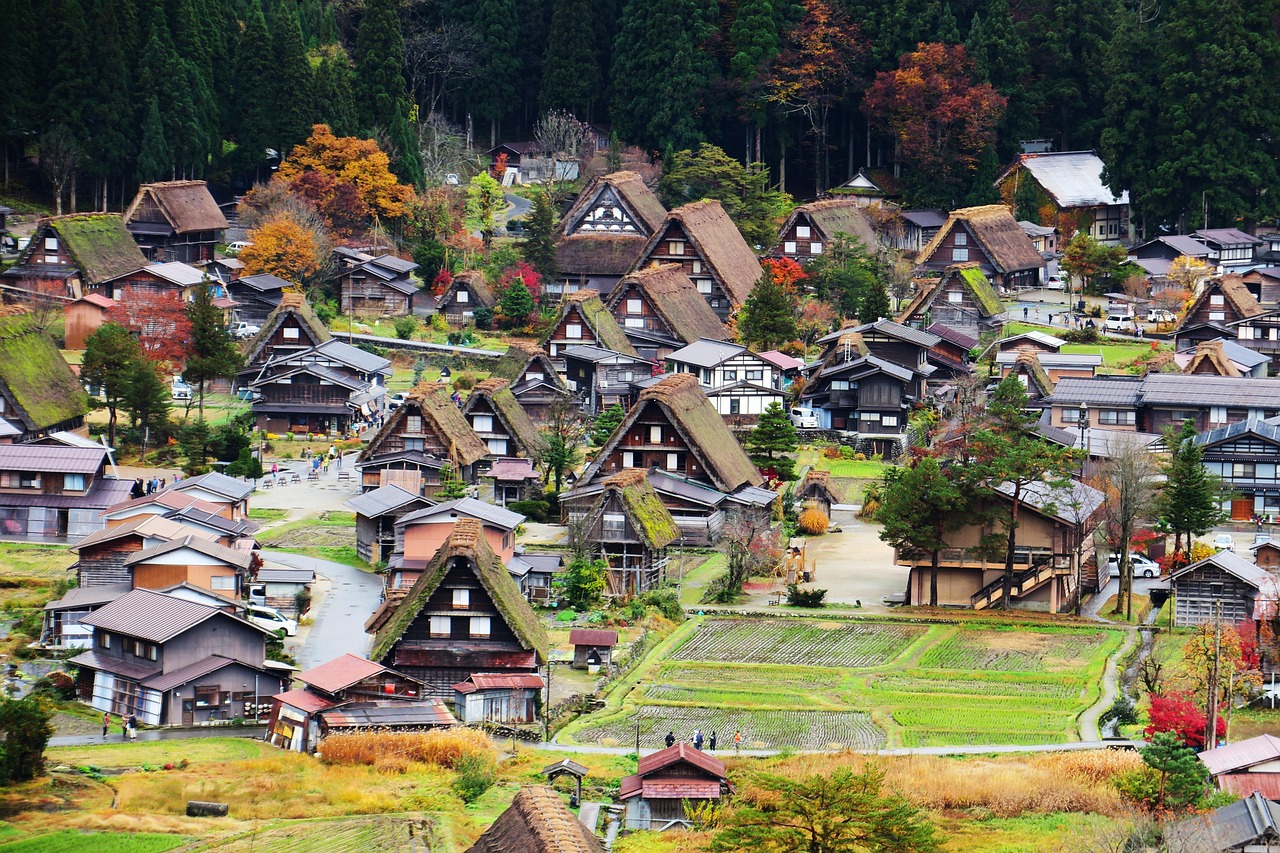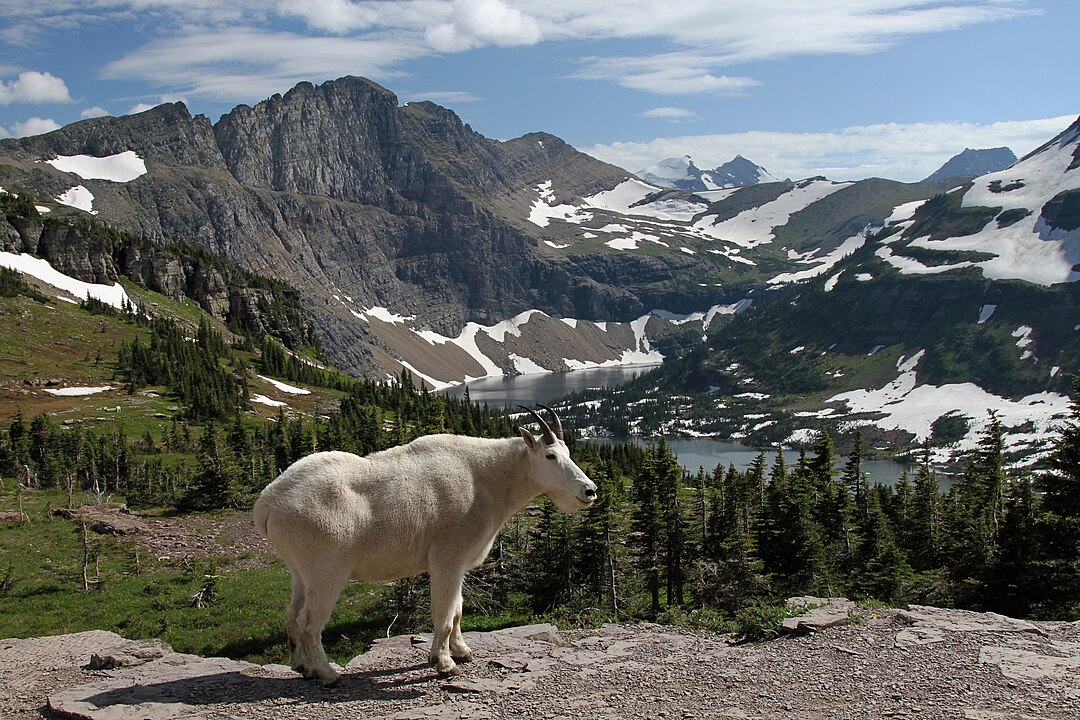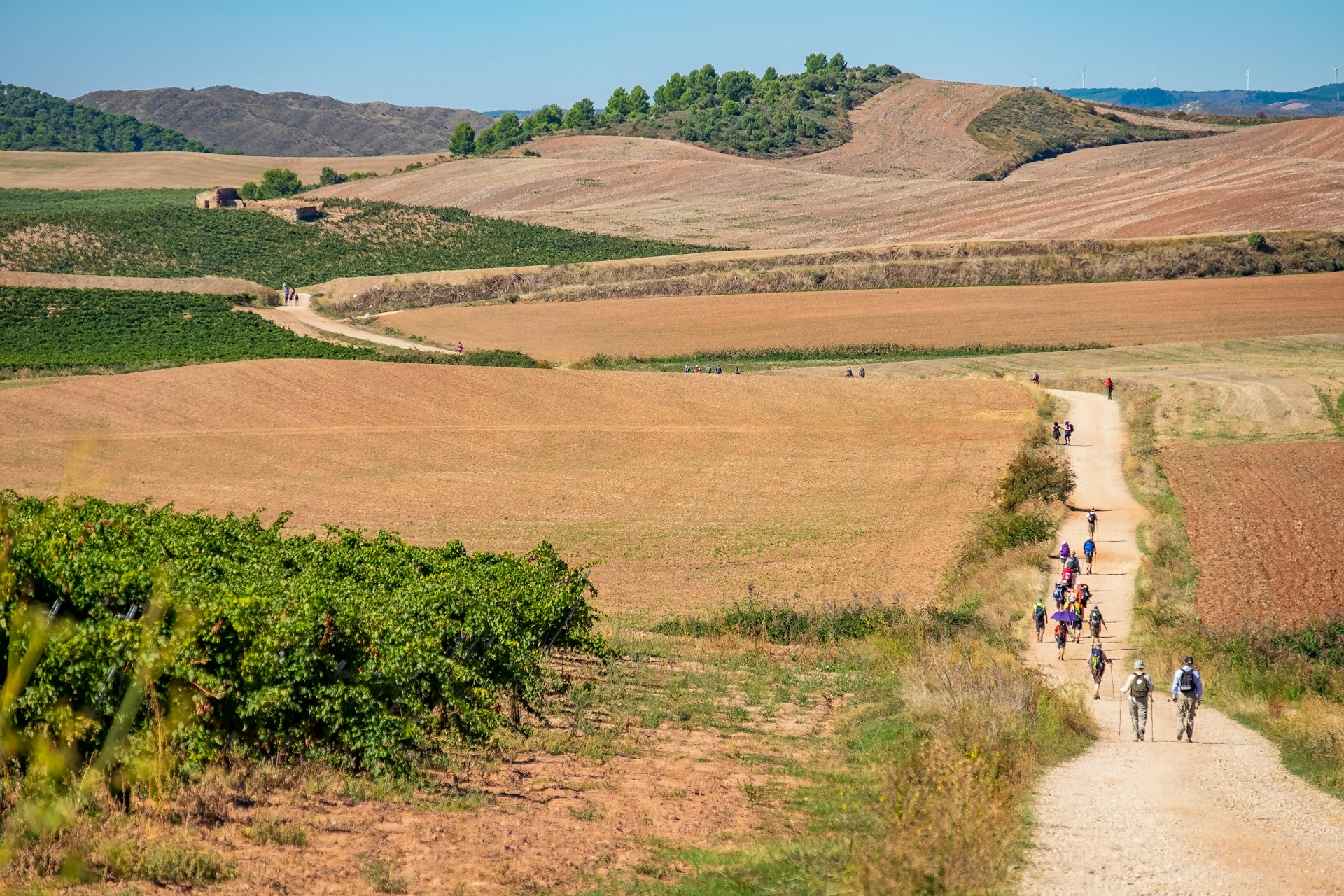A single viral photo can tilt a quiet place off balance. Small towns built for neighbors and errands suddenly inherit lines, noise, and trash, and the rhythm that made them lovely starts to slip. Many communities are not rejecting visitors; they are asking for time, context, and room to breathe. They are capping buses, guiding foot traffic, and nudging travelers to buy from local hands. What lasts is the mix of beauty and daily life, and that survives only with care.
Hallstatt, Austria
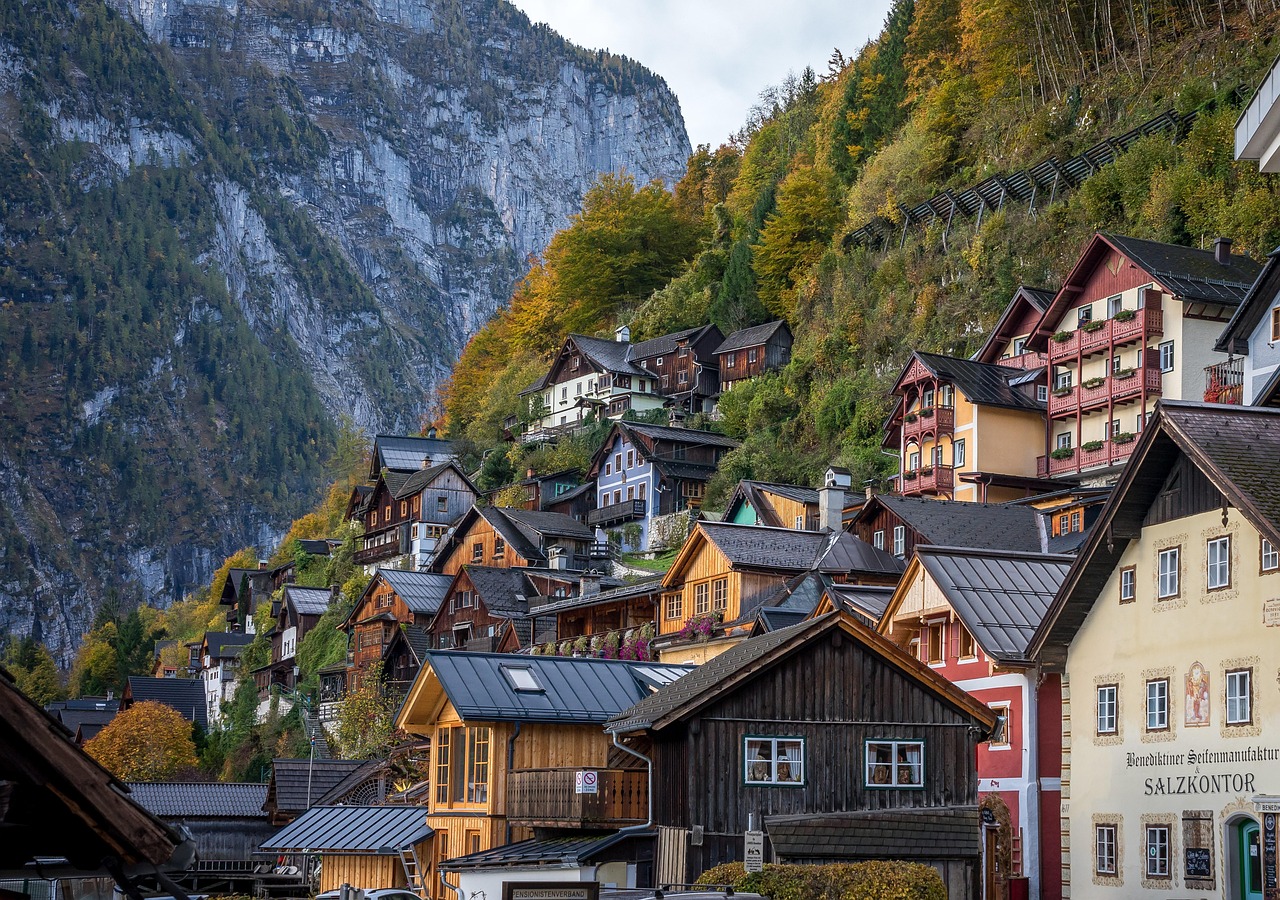
Mirror still water and steep roofs turned Hallstatt into a global backdrop. Coaches arrive in bunches, clogging narrow lanes and crowding grocery runs. Residents push for timed bus slots, fewer drone launches, and photo points that do not block doors. Shops and inns still welcome guests, but prefer longer stays that fund bakeries and boat repair. When mornings belong to schoolkids and evenings settle into lake light, the village feels like itself again.
Oia, Santorini, Greece
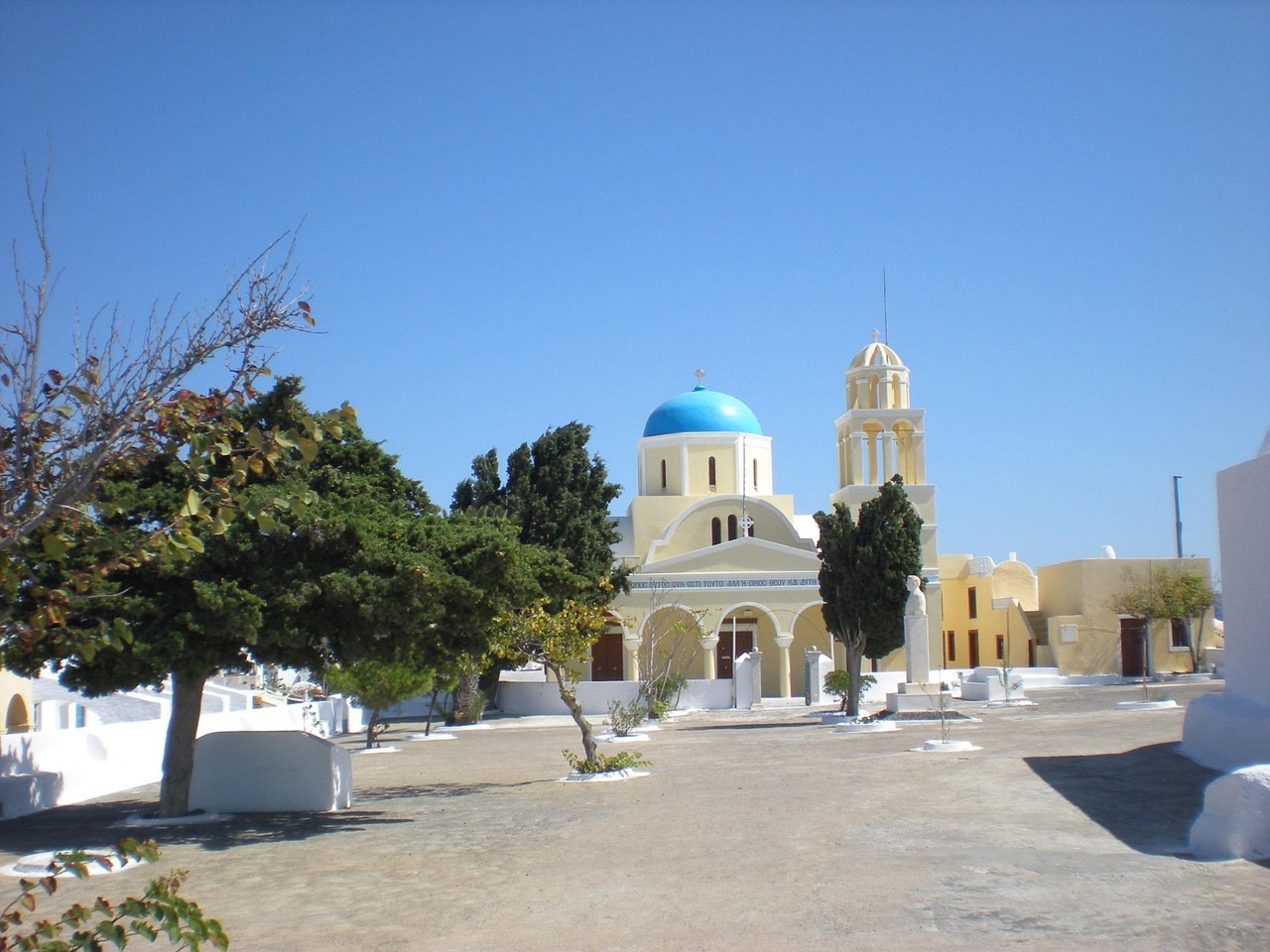
Clifftop alleys were laid for donkeys, not stampedes at sunset. Oia’s glow pulls crowds that stall deliveries and strain stairways. Locals back soft barriers around churches, limits on tour timing, and signage that reminds visitors many terraces are homes. Businesses do better when foot traffic spreads across the day and lingers for crafts and food. Let the caldera view breathe, and the village breathes with it, salt wind and all.
Burano, Italy
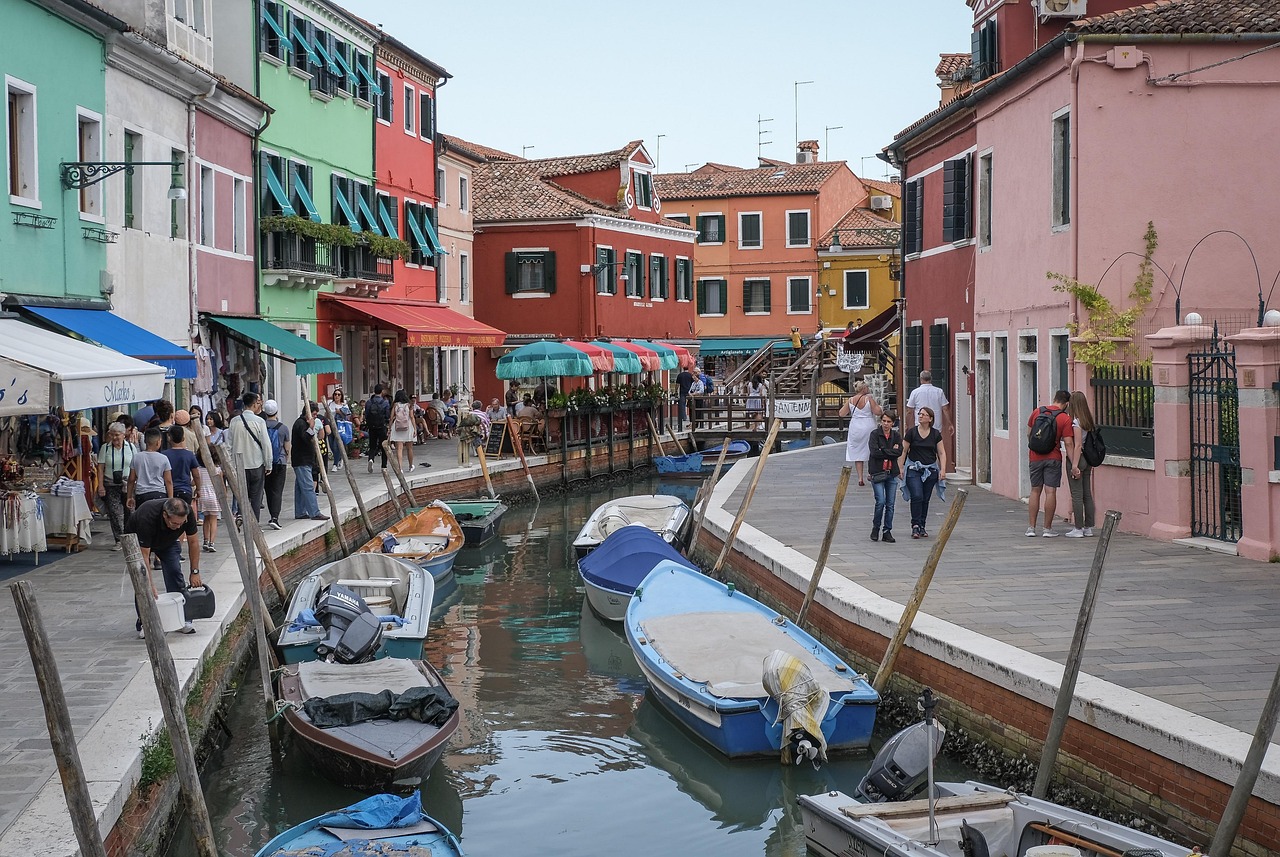
Candy colors sell the story, but Burano is a working island first. Lace makers, schoolchildren, and laundry lines share footbridges with tripods and staged shoots. Residents ask for smaller groups, fewer props, and respect for bridges as thoroughfares. Stopping for risotto, lace, and coffee keeps traditions paid, not just photographed. Staggered boat arrivals help canals carry errands and visitors without turning every corner into a set.
Reine, Lofoten, Norway
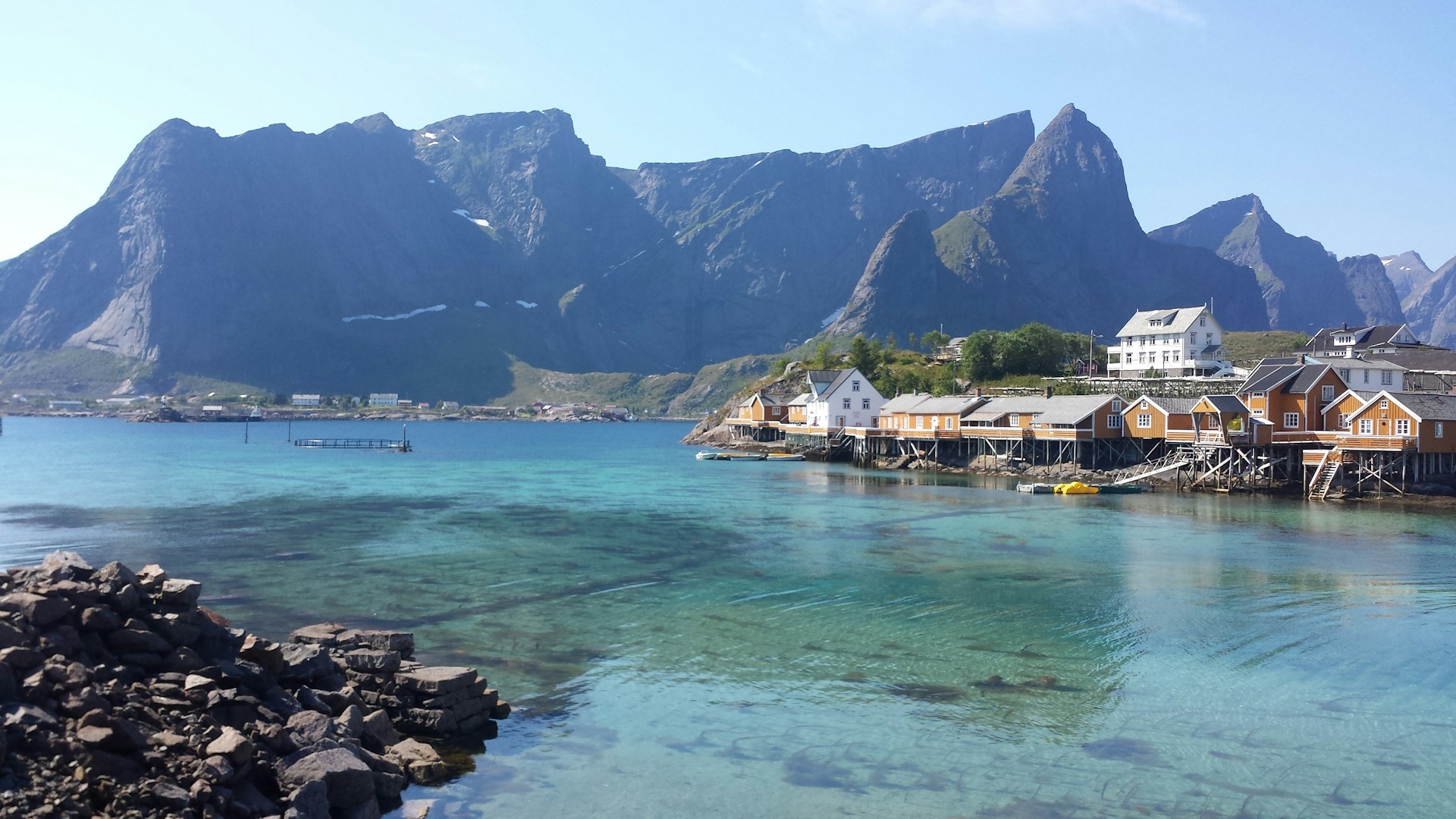
Jagged peaks and red rorbuer need little help to look perfect, yet fragile shoulders and fast weather tell the rest. Cars park on soft moss, hikers miss tides, and rescue teams answer calls in sleet. Locals urge shuttle loops, marked pullouts, and simple leave no trace rules. Spend on cod, guides, and gear checks, and the landscape returns the favor. Fewer risky detours mean better photos and fewer sirens in the night.
Giethoorn, Netherlands
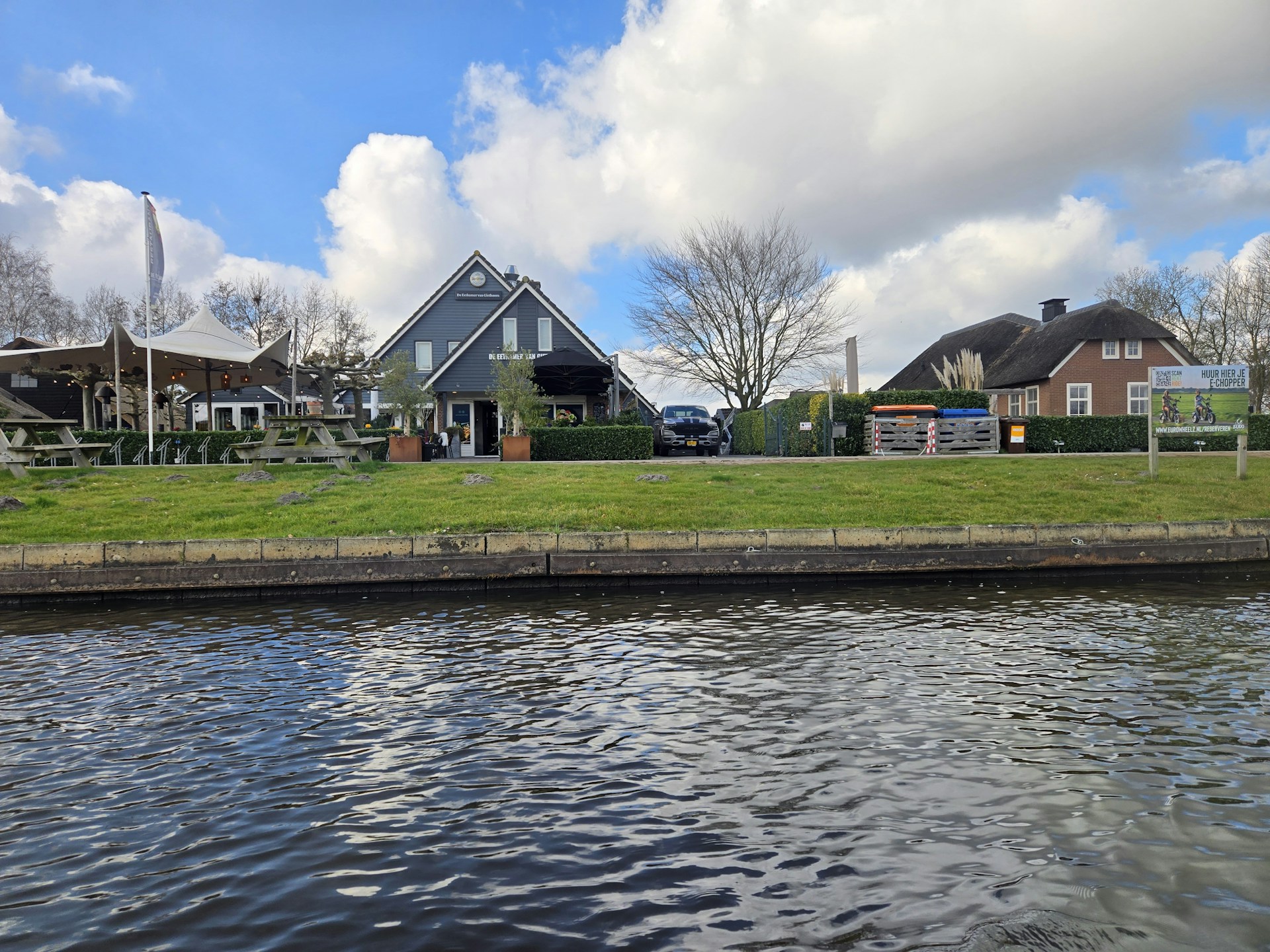
Skiffs glide through postcards, then bottleneck in real life. Rental boats crowd bends, wakes nibble old foundations, and garden paths feel exposed. The town supports caps on boats, earlier return windows, and calm routes near fragile banks. Walking, punting quietly, and buying cheese or tools from locals keep the village afloat in more than one sense. When motion slows, water mirrors that famous sky again.
Chefchaouen, Morocco
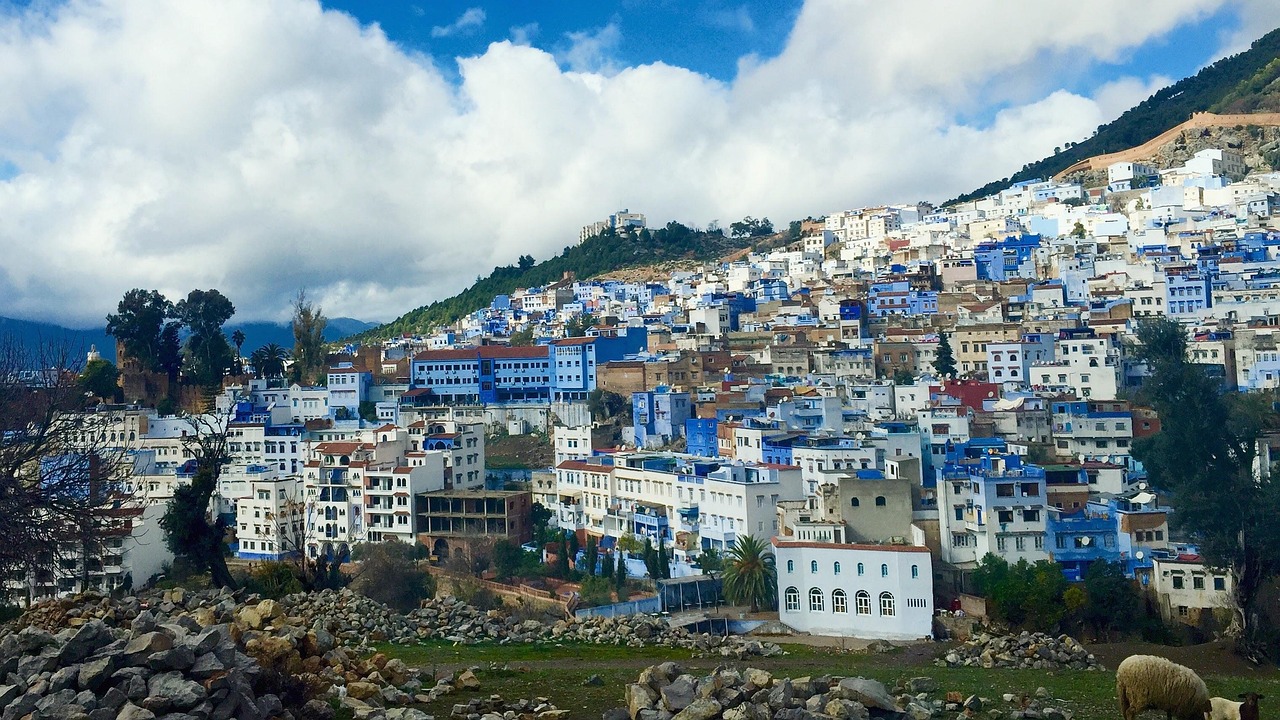
Blue lanes are more than a palette. They are corridors for families, shopkeepers, and prayer. Doorways that look like frames open onto living rooms. Residents favor early and late visits, fewer costume changes, and purchases from co-ops that fund dyeing, weaving, and paint upkeep. Step wide of thresholds, keep voices low, and the mountain town returns the gift with soft light and mint on the air.
Shirakawa-go, Japan
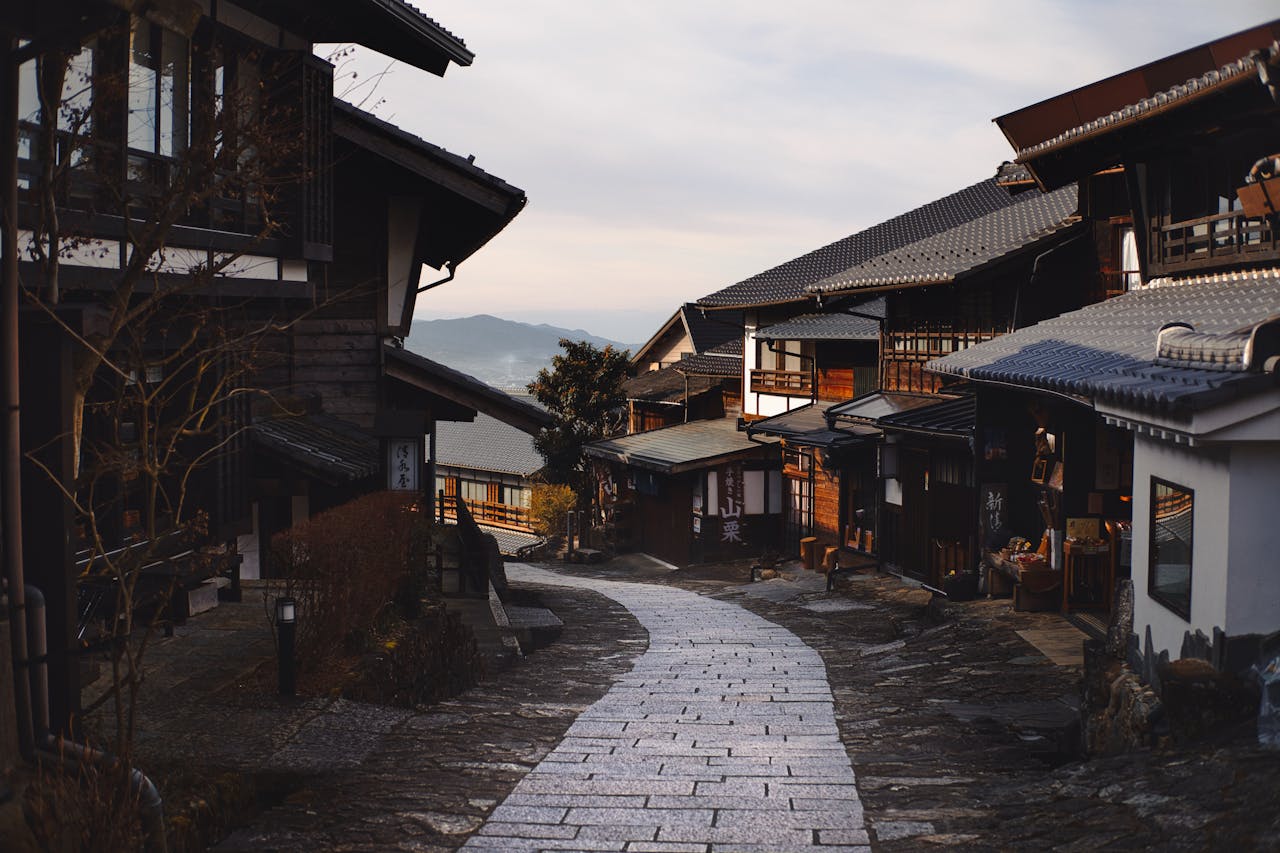
Gassho roofs were built to shed snow, not crowds. Narrow paths thread rice plots and homes that still heat with hearth smoke. Tour coaches can swamp viewpoints and push beyond rope lines that protect fields. Villagers favor timed entries, winter safety guides, and stays in minshuku that fund roof repairs and craft skills. When guests sleep over, night falls to silence, and morning mist lifts without a scramble.
